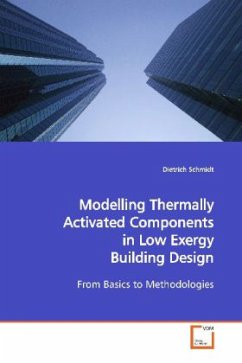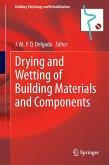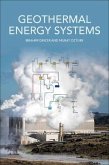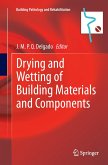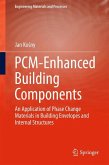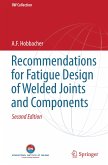There is still an obvious and indisputable need for
an increase in the efficiency of energy utilisation
in buildings. Heating, cooling and lighting
appliances in buildings account for more than one
third of the world s primary energy demand and there
are great savings potentials. This book provides
methods and models for heat and mass transfer
processes in buildings, which have a vital impact on
the energy utilisation. These models can be used in
optimisation procedures aiming at increasing
efficiency in the energy use, i.e. at minimising
consumption of high quality energy, exergy, in
buildings. The thermally activated building
components are examples of these systems which can
help to reduce exergy consumption caused by heating
and cooling of rooms. The developed macro element
modelling approach is generally suitable for
modelling the dynamic behaviour of such combined
systems with a heat carrier flow and solid
construction parts with substantial heat storage
capacity. The presented work will help professionals
from engineering and research within the building
field to increase the understanding of where and how
to find new energy efficiency potentials.
an increase in the efficiency of energy utilisation
in buildings. Heating, cooling and lighting
appliances in buildings account for more than one
third of the world s primary energy demand and there
are great savings potentials. This book provides
methods and models for heat and mass transfer
processes in buildings, which have a vital impact on
the energy utilisation. These models can be used in
optimisation procedures aiming at increasing
efficiency in the energy use, i.e. at minimising
consumption of high quality energy, exergy, in
buildings. The thermally activated building
components are examples of these systems which can
help to reduce exergy consumption caused by heating
and cooling of rooms. The developed macro element
modelling approach is generally suitable for
modelling the dynamic behaviour of such combined
systems with a heat carrier flow and solid
construction parts with substantial heat storage
capacity. The presented work will help professionals
from engineering and research within the building
field to increase the understanding of where and how
to find new energy efficiency potentials.

